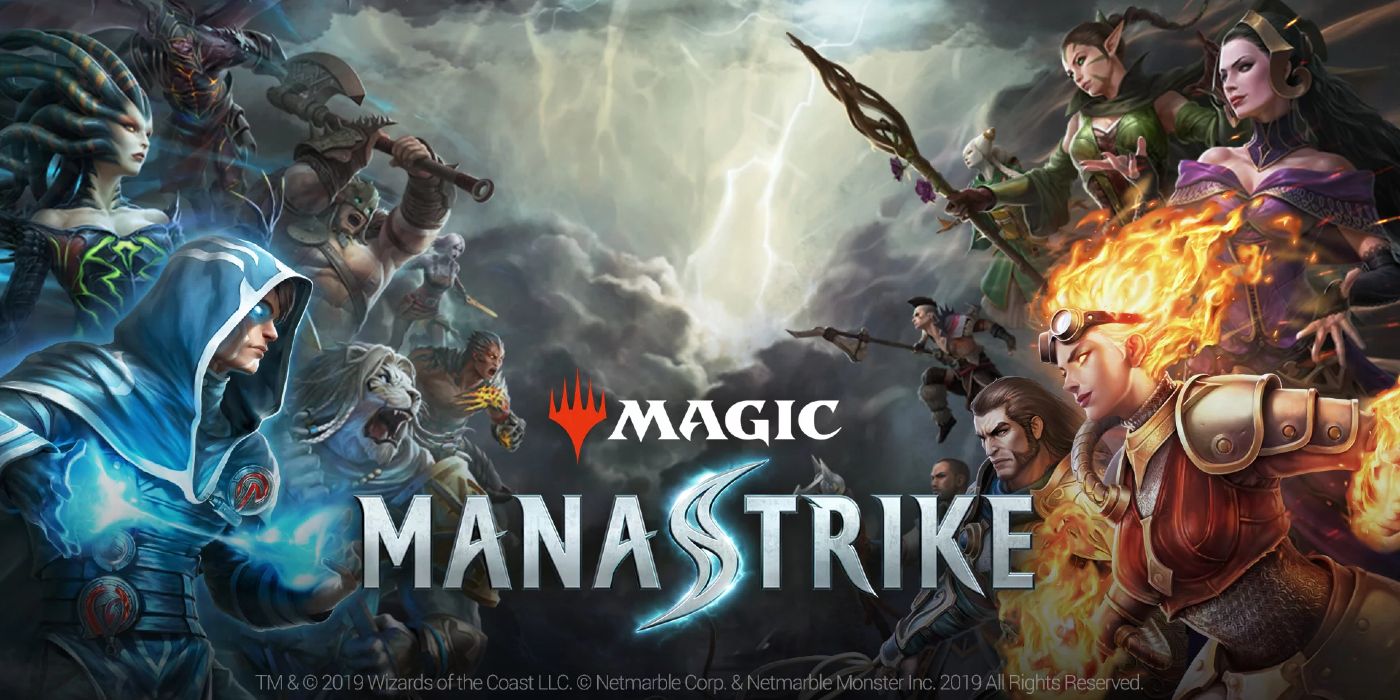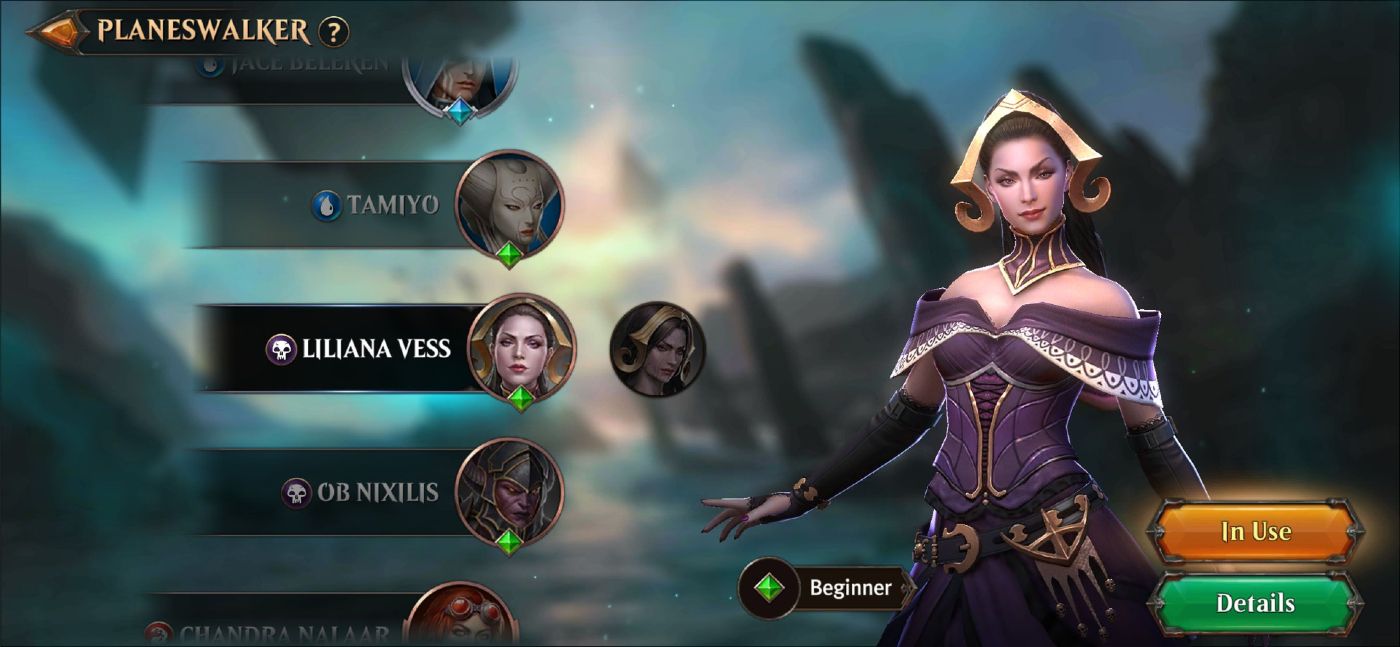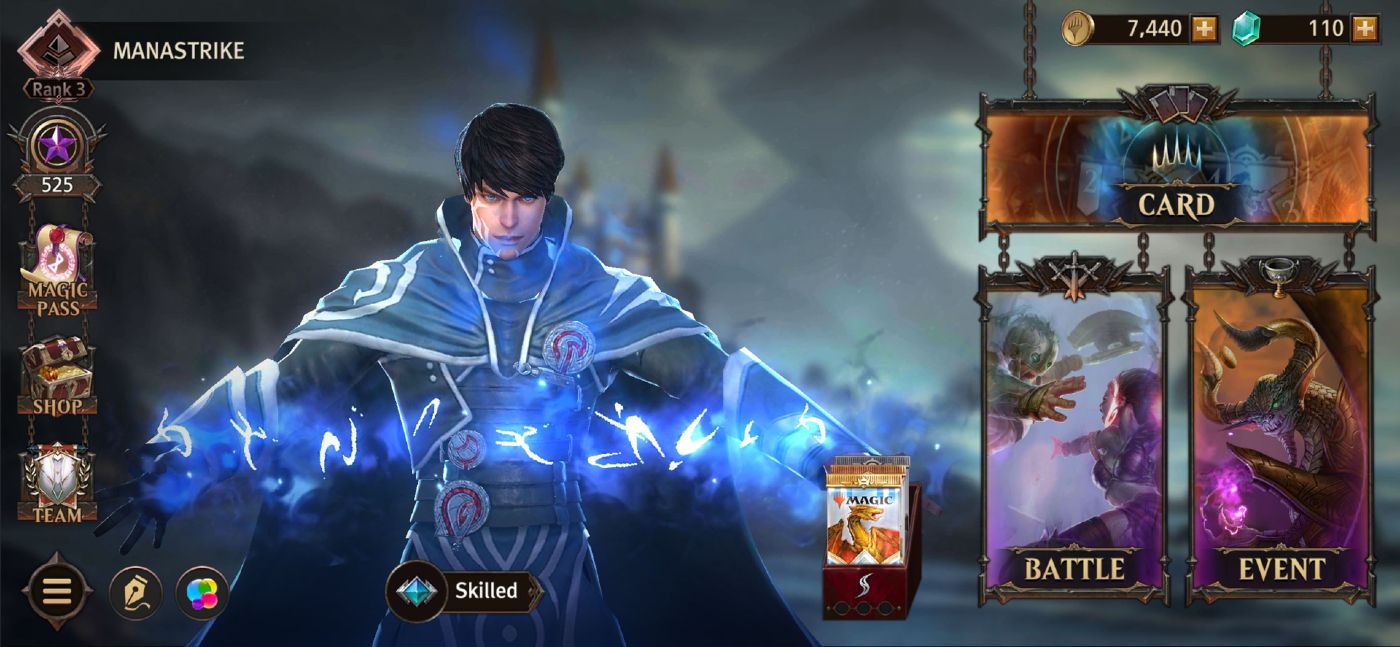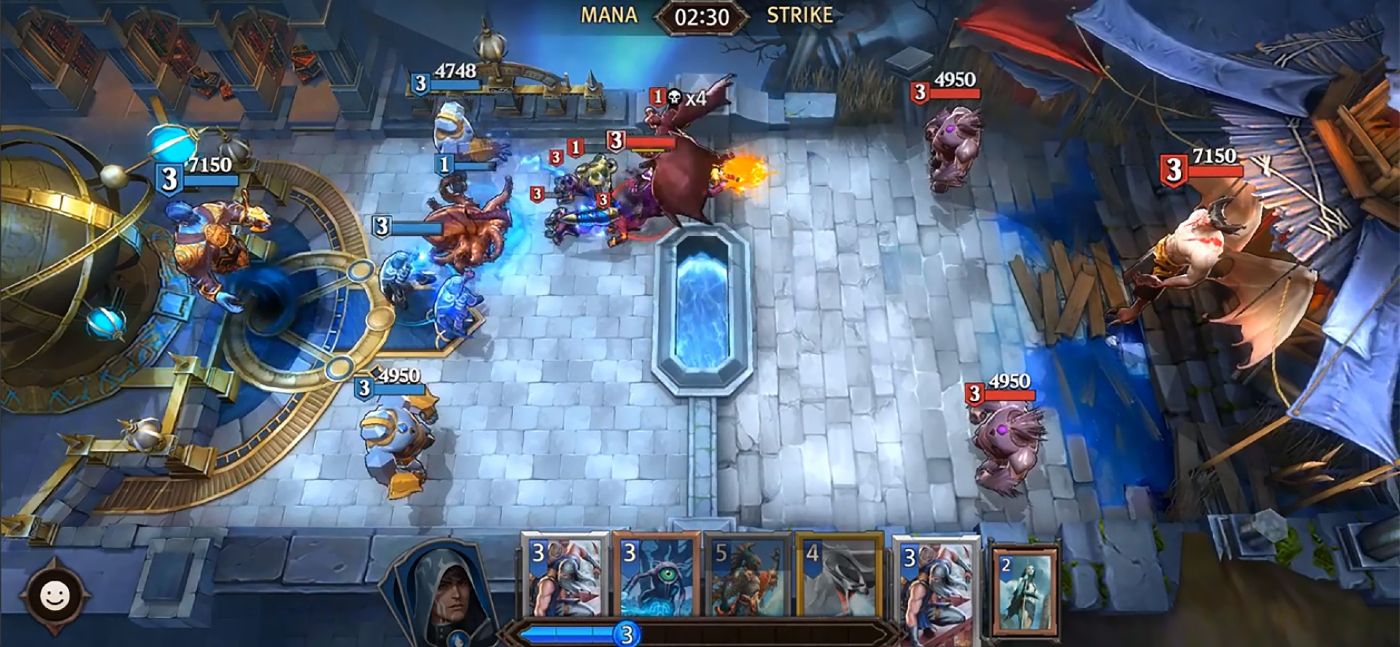With so many Magic: The Gathering adaptations in the works or already released, even the most enfranchised players would be forgiven for missing the fact that the property is also expanding its presence on mobile gaming platforms with Magic: ManaStrike. South Korean mobile gaming juggernaut Netmarble helmed the game's development and, as a result, expectations have been rather high that this foray into the platform could be different from others - most notably Magic: The Gathering - Puzzle Quest, a game that received much more significant advertising from Wizards of the Coast but failed to ensnare fans the way the tabletop and digital versions of the card game do so regularly.
Luckily for those looking for even more excuses to engage with their favorite planeswalkers, Magic: ManaStrike is much more nuanced and interesting than previous adaptations of the game on mobile. That's at least partially due to the fact that it so readily abandons part of what makes up a core element of Magic: The Gathering's identity - the ability to stop and think about a play before making it. Magic: ManaStrike isn't devoid of strategy as a result, but it's a different exercise, one that blends the familiar in deck-building and card playing with something new in real-time decision making. Player mileage will vary on whether or not this system works, though, as it straddles the line between simplistic mobile gaming and a genuine deck-building or strategy game, sometimes unsuccessfully.
First, the good: Magic: ManaStrike manages to capture the feel of Magic: The Gathering brilliantly for all the changes it makes to the expected formula. Players choose a planeswalker they will head into battle with and summon them onto the field almost immediately (it's generally best practice to do so), constructing a gameplan around their special abilities. These planeswalkers, in turn, act as summoning fields that can bring other creatures into the fray in a tight circle around them, closely mimicking both the way tabletop players would call these minions into battle and how a planeswalker is often the most important piece of a puzzle in a traditional game of Magic: The Gathering. The latter means they're almost always protected by less important creatures the same way that Magic: ManaStrike's players will arrange their battlefield.
Planeswalkers are fun and unique enough that it's well worth exploring each of their implementations. Alongside planeswalkers comes a color identity that further diversifies deck-building decisions - for instance, the tutorial planeswalker, Chandra, is a fire mage. That means she harnesses red magic, which in turn means her deck-building choices will be influenced by red cards. While most cards are pretty simplistic to start and the differences only come as players get deeper into the game, giving players a choice on who they identify with - and the accompanying playstyle - makes the game feel customizable. That's important, because while Magic: ManaStrike is a deck-building game, the decks don't actually feel as important as they normally would in titles that employ that feature. Most of the time, creatures felt largely interchangeable, while spells were just different flavors of the same kind of effect. The effects themselves are diverse enough the game doesn't get boring, but not unique enough that they really stand out.
That changes when Magic: ManaStrike begins introducing more spells as players unlock them, but those spells are among the worst features in the game. It's where Magic: ManaStrike runs into the same problems Magic: The Gathering set designers likely do - how do they best balance cards to be both fun and powerful? In the case of Magic: ManaStrike, the powerful cards don't feel game-changing enough; rather, they're often more complicated versions of gameplay that don't necessarily feel like they're much better options than the simple straight-line fire spell fans have had since the beginning of the game. This isn't always the case, and it's good that Netmarble chose to introduce these complex features slowly, but it still feels a little off.
Card acquisition is done pretty nicely too, with both a free and premium method of acquiring more cards. The free route didn't feel especially egregious during play, though, so Magic: ManaStrike doesn't feel like it leans too heavily into advantaging players willing to shell out money on the experience. Choosing which cards to use is probably the most fun part of the game since there's a heavy restriction on deck-building thanks to the small size of the deck. Players will learn very quickly that mana cost is the most important element of the strategy but adjusting accordingly - having both useful early game cards and powerful spells to close out the victory - takes time to get a feel for.
All of that is fun, but ultimately, Magic: ManaStrike never really feels challenging. It's an incredibly simplistic title that sees a map split into two halves, the player's and the enemy's. There are two lanes that units can funnel through and fight in, and each lane has a guardian that function a lot like a tower in MOBAs. Destroying the guardians gives players access to the boss on the other side of the map - the enemy player - and destroying that boss means a win. Occasionally, games go long enough to reach the 3 minute time limit, where the match is decided based on points earned for objectives like guardian destruction. That didn't seem to happen the more familiar we became with the game's mechanics, but it was fun when it came up, offering a little variety.
Ultimately, Magic: ManaStrike is a solid mobile title that will do a lot more than past Magic: The Gathering adaptations to convince players to stick around past the initial download and tutorial. It's a little bit on the simplistic side when it comes to execution which prevents it from feeling like a deep enough offering considering the deck-building and planeswalker identity features that really breathe life into the title, but that's not always a bad thing. That simplicity lends itself well to playing a few matches and ducking out, and for mobile titles, that's a make-or-break feature for players on the go. Will Magic: ManaStrike compete with the very best mobile gaming has to offer? Absolutely not. But it's solidly mid-tier stuff, the kind of game that will inevitably find its chunk of the niche demographic it's appealing to and give them hours upon hours of enjoyment. That's worth checking out, and it's a far sight better than another too-simple version of the card game with nothing new to offer.
Magic: ManaStrike is available now on Android. Screen Rant was provided with a copy of the game and some premium currency for the purposes of this review.




